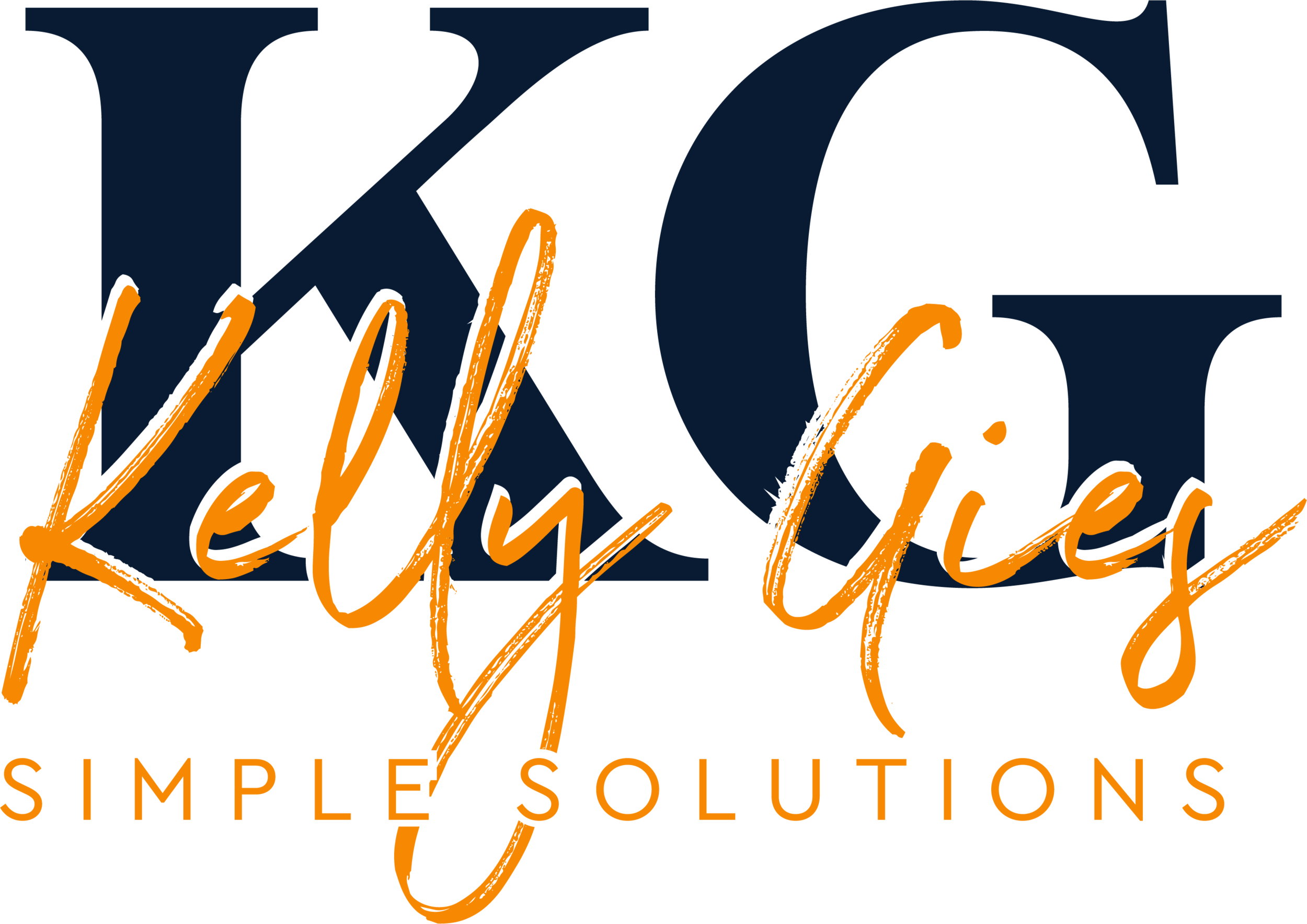Healthcare Trends to Watch in 2023
As healthcare continues to evolve, it is important to stay up to date with the latest trends and developments in the industry. With 2023 just around the corner, now is the perfect time to look ahead and explore some of the emerging healthcare trends we can expect to see in the coming year. From advances in technology to shifts in healthcare delivery models, there is much to be excited about as we enter a new era of healthcare. This blog post will discuss some of the healthcare trends to watch in 2023 that will shape the industry going forward.
Patient Experience
The No Surprise Act of 2022 was a breakthrough in the healthcare sector, allowing patients to receive advance notice on their medical expenses and out-of-pocket coverages. This has been met with great enthusiasm among patients, who expect more from their healthcare providers regarding convenience, affordability, and accessibility.
To meet this rising demand for enhanced patient experiences, healthcare providers must consider investing in improved scheduling processes, pricing structures, and multiple payment options. An RCM (Revenue Cycle Management) expert can help streamline and optimize these processes, thus enabling a better patient experience. KG Simple Solutions can help by leveraging our expertise and technology; healthcare providers can ensure patients get the best possible care experience with minimal hassle.
Labor Shortage
The COVID-19 pandemic has had a lasting effect on healthcare workers, with many feeling exhausted due to excessive work hours and constant schedule changes. The trend is expected to continue post-COVID, largely due to the healthcare industry's labor shortage. This has led to an increase in temporary and traveling workers, who can choose their hours and location of work.
It’s projected that 2022 will see over 30% of senior staff in the Revenue Cycle Management (RCM) domain change professions due to these changing trends. As such, healthcare facilities must focus on identifying skilled staff without compromising financial or skill criteria.
Staffing needs are complicated and should not be ignored. An understaffed facility could severely damage its reputation and the ultimate goal of providing quality patient care. HR departments must work closely with all practice team members to ensure they are adequately staffed.
Work Hour Convenience
The idea of remote working has made organizations more flexible regarding work hours. With no longer the need to be physically present at a certain time, healthcare organizations can now offer employees more flexibility regarding work hours. This is especially beneficial for those with other obligations, such as family or school, which they must attend to. Employees can also find more balance in their lives as they have more control over their schedules.
Additionally, remote working also allows organizations to reduce their overhead costs. They no longer have to pay for office spaces, equipment, and materials, thus freeing up resources for other business areas.
Finally, with remote working, organizations can find employees worldwide, giving them access to a much wider talent pool. This helps ensure that the best people for the job are hired regardless of location.
In conclusion, remote working has revolutionized how organizations handle their workforce, making it easier for healthcare professionals to manage their work hours. With these changes, healthcare organizations can better manage their staff while allowing them to remain productive and efficient.
Financial Stability
The healthcare industry is no stranger to financial issues. With rising medical expenses and decreased reimbursement, healthcare providers are feeling the pinch of trying to make ends meet. To remain financially stable, healthcare providers must invest in cutting-edge technologies, understand billing standards, and utilize available software tools to their fullest potential.
Stop Payment Loss: To reduce payment loss, staying on top of billing standards and avoiding issues like being discharged but not finally billed (DNFB) is important. Properly executing billing procedures can result in a 20% increase in cash flow.
Make the Most of Available Tools: Upgrading existing software systems and ensuring they are used correctly is essential for managing workloads and accounts receivable piles. By staying on top of new features, providers can ensure they get the most out of their software.
Ultimately, financial stability in healthcare requires staying informed on the latest trends and utilizing available resources. By following these tips, healthcare providers can ensure that their organization remains financially sound.
Automation
In 2023, automation in the healthcare sector is expected to skyrocket. Automation can not only help to optimize administrative tasks and reduce overhead costs, but it can also help to provide a more consistent quality of care to patients. Automation will take many forms, from virtual assistants and scribes for medical documentation to artificial intelligence (AI) systems for data collection and analytics. AI-assisted diagnosis and treatments are becoming increasingly common and can be used to help make decisions about patient care. Automated systems are also being developed to help improve communication between doctors and patients, making it easier to manage appointments, medications, and other health-related tasks.
Automation can save time and resources, allowing healthcare providers to focus on providing the best possible care for their patients. It can also help to reduce labor shortages by freeing up personnel for more complex tasks. Automated systems also help improve data collection accuracy, providing more accurate data for reporting and analysis. Finally, automation can help to ensure financial stability, as processes are streamlined, and costs are reduced.
In conclusion, automation is set to revolutionize the healthcare industry in 2023. Automation can help to reduce administrative work, streamline processes, improve accuracy, and ensure financial stability. Healthcare providers should consider implementing automation into their workflow to maximize its benefits.
